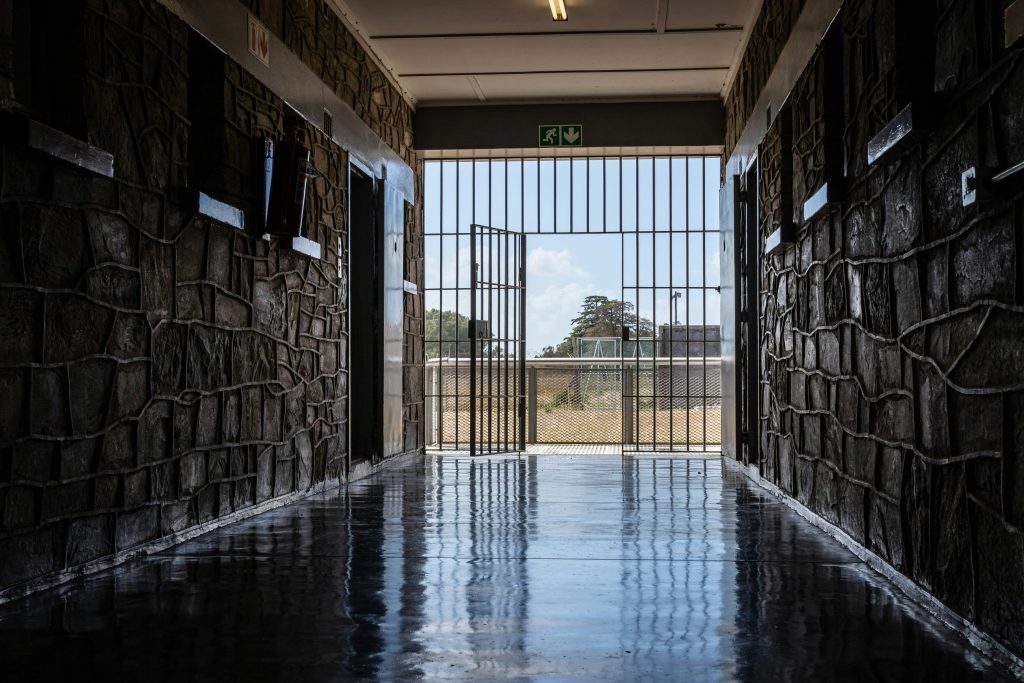WASHINGTON – United States Helsinki Commissioners remembered the Romani Holocaust today and called on governments to address the human rights violations against Roma.
“The single most defining experience for Roma in the 20th century was the Holocaust, known in Romani as the Porrajmos, the Devouring. During the war itself, Roma were targeted for death by the Nazis based on their ethnicity. At least 23,000 Roma were brought to Auschwitz,” said Helsinki Commission Chairman Senator Ben Nighthorse Campbell (R-CO). “Almost all of them perished in the gas chambers or from starvation, exhaustion, or disease.”
On the night of August 2-3, 1944, the order was given to liquidate the Romani camp at Auschwitz-Birkenau. During the course of that night, 2,897 Romani men, women and children were killed in the gas chambers. Roma around the globe have come to remember their Holocaust experiences on these days.
“In the coming days, Roma will gather – from Temple Emanu-El in New York to London, from Thessalonika to Hamburg,” said Commission Co-Chairmen Rep. Christopher H. Smith (R-NJ). “Not surprisingly, some of these events, such as those scheduled for London, will also protest the continuing human rights violations of Roma. Unfortunately, there are too many incidents happening today that illustrate how vulnerable Roma continue to be.”
Since late April 2001, there have been four violent attacks on Roma in the Czech Republic; the attack in Svitavy on July 21 resulted in the death of one Romani man. In Hungary, a Molotov cocktail was thrown into a Romani house in Jaszladany on June 5 and, on June 18, two Romani children were burned when a Molotov cocktail was thrown into their home in Hencida. In Slovakia, a Romani man died in police custody on July 5 after reportedly being chained to a radiator and beaten over the course of 12 hours.
“It is shocking,” said Ranking Member Rep. Steny H. Hoyer (D-MD), “that Belgian authorities would use ink to mark numbers on the forearms of Roma to identify them as they were being deported back to Slovakia. It is shocking that a Hungarian mayor who says ‘every Gypsy should be shot with a single bullet’ can get re-elected to one term after another. I commend OSCE Chairman-in-Office Mircea Geoana for scheduling a meeting on Romani human rights issues in Bucharest in September, and hope that meeting will serve as a forum to promote greater government action to address these human rights violations.” Information on the OSCE meeting can be found at: www.osce.org/odihr/cprsi.
Background: Although Roma were among those targeted for complete annihilation by the Nazis, their suffering before and during World War II is not well known. During the 1920s and 1930s, institutionalized racism against Roma took on an increasingly virulent form, and policies similar to those instituted against Germany’s Jews were also implemented against Roma: race-based denial of the right to vote, selection for forced sterilization, loss of citizenship, incarceration in work or concentration camps, and, ultimately, deportation to, and annihilation at death camps.
During the war itself, at least 23,000 Roma were brought to Auschwitz, and almost all of them perished in the gas chambers or from starvation, exhaustion, or disease. Some Roma also died at the hands of sadistic SS doctors, like Joseph Mengele.
Elsewhere in German-occupied territory, Roma were frequently killed by special SS squads or even regular army units or police, often simply shot at the village’s edge and dumped into mass graves.
Approximately 25,000 Roma from Romania were deported en masse to Transnistria in 1942; some 19,000 of them perished there. Although it has been very difficult to estimate both the size of the pre-war European Romani population and war-time losses, some scholars put the size of the Romani population in Germany and German-occupied territories at 942,000 and the number of Roma killed during the Holocaust at half a million.
After World War II, the post-Nazi German Government strongly resisted redressing past wrongs committed against Roma, seeking to limit its accountability. In addition, Roma have been discriminated against in court proceedings and their testimony has often been viewed as, a priori, unreliable.
The first German trial decision to recognize that Roma as well as Jews were the victims of genocide during the Third Reich was not held until 1991.
Understanding of the nature and extent of Romani losses continues to expand, as new archival material becomes available and as a new generation of researchers begins to examine this part of the Holocaust.
Additional information on Romani Holocaust experiences can be found on the website of the U.S. Holocaust Memorial Museum at http://www.ushmm.org/research/center/roma/index.html.
Helsinki Commission hearings, reports, and statements relating to Roma can be found at: http://www.csce.gov/issue_query.cfm?issue_id=14 .







